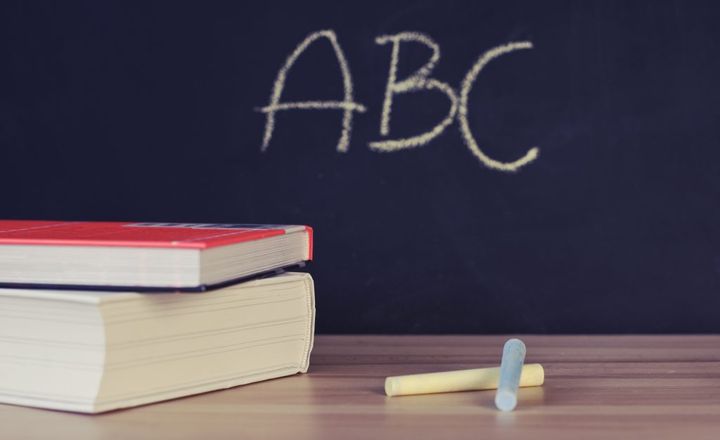The A-Z of Bookkeeping and Accounting Terms: I-Z
This is the second in a 2 part series that attempts to demystify the language of accounts. If you’re wondering what happened to A-H then hop over here to check it out and we’ll see you once you know your assets from your equity!

Indirect costs Unlike direct costs, these are costs that can’t be traced directly to a unit of production (whether that’s a service or a physical good), but are still used in the running of the business. Expenses such as office furniture, telephone calls and other administrative costs fall into this category.
Liabilities These are all the things that the company owes, so this group might be made up of things like loans and unpaid supplier bills.
Materiality This is a term that you may well hear from your accountant when they’re talking to you about your end of year accounts. Something is considered to be material if its omission or misstatement could influence decisions being based on the accounts. So if a small business bought something for £1 and either forgot to record it or recorded it incorrectly it wouldn’t be material, but if it had cost £1,000 it would be.
Net book value Anything that you depreciate (i.e. where you effectively spread the cost across a number of years) will have a net book value. It is the original cost of the item, minus the depreciation that has accumulated over the years. Generally speaking, the value of the object when you dispose of it would be roughly the same as the net book value.
Net Refers to anything that is after any deductsions (or before any additions, in the case of VAT.)
Net profit This is the number that people are normally the most interested in, and is the amount left after deducting all costs from your income.
Non-current asset Something that is expected to remain in the business for more than 12 months, for example a chair or a laptop. Normally there are additional rules that are specific to the business, such as only treating items that cost more than £100 as non-current assets, this is because technically things like staplers are non-current assets (unless you’re particularly hard on your poor stapler!) but are not considered to be material and you wouldn’t depreciate the cost over the life of the stapler. You may hear things being referred to as fixed assets, that’s simply the old term for non-current assets.
Overheads Any regular expenses that you make in order to keep the business running, so this could be rent, phones, wages, etc.
Payment on account Let’s move away from bookkeeping to personal tax for a moment, as this is something that catches a lot of people out. If you complete a self assessment tax return you may be required to pay towards your future tax, as well as the amount you actually owe for that year. Generally speaking, if your tax for 2015-16 was more than £1,000 you’ll need to make payments on account. These are taken in two equal instalments (31st January 2017 and 31st July 2017) and assume that your tax this year will be the same as last year (so two lots of £5,000 if your tax was £10,000); if your actual tax for this year is more than last year you’ll pay this balancing payment by 31st January 2018, along with your first payment on account for next year.
Prepayment These are expenses that have been paid for, but the benefit has not yet been received. For example in most cases you’ll pay rent or insurance premium in advance. The opposite of prepayments are accruals.
Profit and loss, or income statement Often seen with its partners in crime balance sheet and cash flow statement. If you want to know if your business is profitable, this is where you come. It provides a summary of activity over a period of time (normally a month, quarter or year) and looks at the difference between income and expenses; if this figure is positive then you’ve made a profit, if negative then you’ve made a loss.
Provision for doubtful debts This will be shown on your balance sheet and is an estimate of the payments you may not receive from customers, i.e. it is doubtful that you’ll receive the money. This may be based on industry norms or historical analysis of the business itself.
Revenue All the sales you make, whether goods or services.
Self assessment tax return This is the method of reporting tax liability to HMRC if you’re self-employed or a director of a limited company (these are just two reasons why you’d need to submit a tax return, the full list is on the HMRC website: https://www.gov.uk/self-assessment-tax-returns/who-must-send-a-tax-return.)
Variable cost An expense that is affected by any changes in your output, for example if your business makes and sells wooden chairs you’ll need to buy more wood if you’re selling more chairs. Costs that remain the same whether you sell 1 or 1,000 are classed as fixed.
Never be afraid to ask your bookkeeper or accountant to explain something if you don’t understand what it means, we work with these terms all day every day and can sometimes forget that not everyone speaks this language! If there are any terms that aren’t included here that you’d like me to add, tweet me and I’ll do an updated post.
